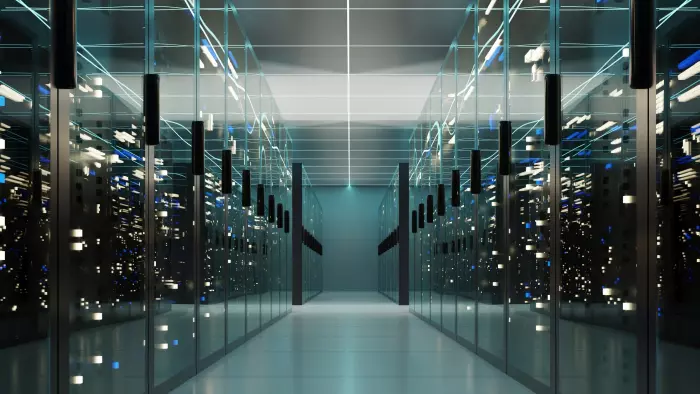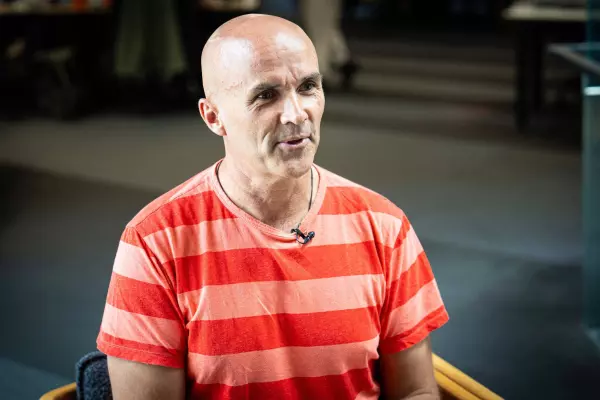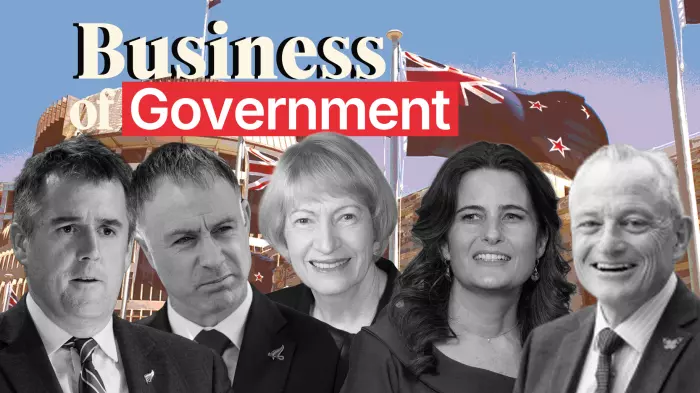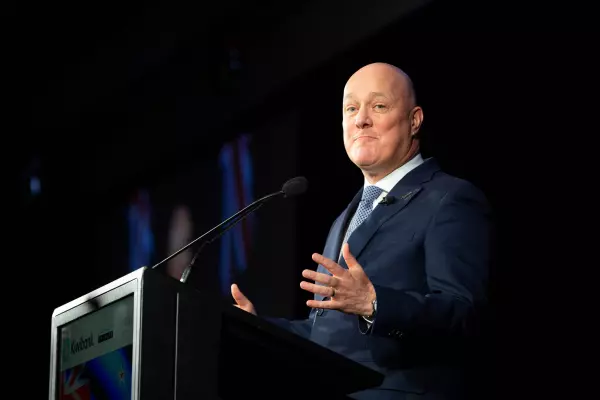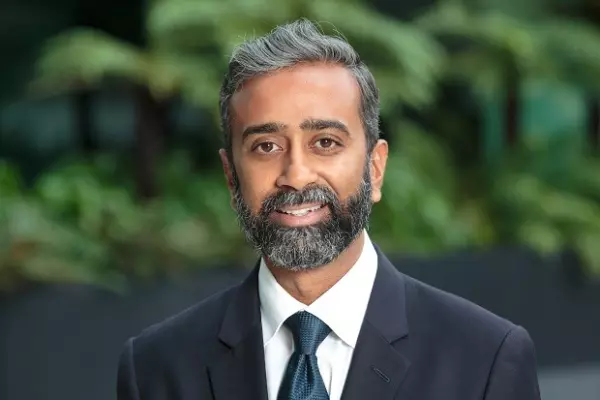We’ve heard much in the past couple of years about the plans of the public cloud "hyperscalers" – Amazon Web Services, Google and Microsoft – which all of a sudden see Aotearoa as a prime location for building datacentres.
Amazon Web Services (AWS), the cloud division of e-tailing giant Amazon, claims it will invest $7.5 billion over the next 15 years on datacentre infrastructure, creating 1,000 jobs in the process.
Microsoft and Google haven’t spelt out the size of the investments they’ll be making in their own local cloud regions. But it's fair to say there will be billions more spent between them over the next decade.
They’ve all commissioned independent reports that claim their investment in public cloud infrastructure will generate tens of billions of additional dollars' worth of gross domestic product (GDP).
Whatever way you calculate the cumulative impact of the cloud spend-up, there’s no doubt that it represents the biggest technology infrastructure upgrade we’ve had in decades, as significant as the development of the ultrafast broadband network (UFB) over a decade ago, which has given us world-class broadband connectivity in much of the country.
Like the UFB – but different
But the UFB, with Chorus operating the bulk of it, and required by the government to offer the same connection terms to all retail internet providers connecting to it, is a very different proposition to what we will be getting when the hyperscalers go local.
It was underpinned by the best part of $1b in taxpayer funding and dedicated regulation. The network is basically considered a strategic national asset.
The public cloud platforms will set their own pricing and access terms and jockey for position on purely commercial terms. Despite the rise of “multi-cloud” computing environments, they tend to have an all-or-nothing approach to getting your business.
They want you in their ecosystem, using their services, and hosting your stuff on their infrastructure.
That’s fine, but we’ll need to make sure we don’t become overly reliant on or beholden to any single cloud company as we do more of our work and host more data and applications in the cloud.
No sweet deals
We seem to be off to a promising start. Radio New Zealand reporter Phil Pennington’s Official Information Act (OIA) requests last year revealed that although the cloud giants lobbied former prime minister Jacinda Ardern to support their local expansion plans, they didn’t appear to be offered any sweet deals.
There have, as far as we know, been no tax breaks or financial incentives offered to the cloud players, in contrast to the lucrative tax rebate schemes offered to the film industry and the subsidies paid over the years to help keep the Tiwai Point aluminium smelter operating.
That makes sense – film studio MGM and metals and mining giant Rio Tinto can move their operations to other, lower-cost production locations.
In the case of the hyperscalers, the market potential here is the incentive. They are building datacentres because they expect to make a decent return here. The Overseas Investment Office (OIO) process seems to have been conducted by the book for AWS and Microsoft.
A non-binding memorandum of understanding (MoU) signed between AWS and our government chief digital officer is light on concrete details but outlines some promising areas for collaboration.
Digital skills boost
The three-year MoU sees AWS pledge to undertake “cloud training for 100,000 people in New Zealand over a five-year period”. AWS will also work with the government’s digital industry transformation plan initiatives to foster digital skills. AWS, Microsoft and Google all run schemes that can upskill or reskill people into entry-level cloud roles with the completion of a 12-week course.
These sorts of micro-credentials are part of the answer to our tech skills shortage. But in embracing industry-delivered training, we also need to make sure that cloud skills don’t just revolve around the tech stack of AWS, Google or Microsoft, but offer broader and transferable skills to build a capable cloud workforce.
We have more work to do on that front, but the cloud players can complement broader educational efforts, too.
The hyperscalers have done some great work supporting programmes to diversify the tech workforce, offering free tech skills training to women, Māori and Pasifika candidates.
Long may that continue.
Renewables pledge
Part of NZ’s appeal to public cloud providers is access to renewable energy sources to power their datacentres. When Ardern visited AWS in Seattle last year, chief executive Adam Selipsky said AWS was “aiming to be 100% powered by renewable energy at launch” in NZ.
Microsoft said in August that it had signed a deal with Ecotricity, “to ensure our datacenter region is powered by 100 percent carbon-free energy from its opening”.
It will be important to hold cloud providers accountable for those undertakings. The sudden explosion of interest in generative AI applications will generate additional business for cloud providers.
But analysing data in real-time to deliver coherent answers requires intensive computing power. It's imperative that the 100% renewable energy pledges are honoured as the demand for computing resources increases.
The AWS MoU talks of exploring the potential for investment (including by AWS) in grid-connected renewable energy. Let’s see if anything comes of that, but public cloud players have invested directly in green energy schemes overseas to secure sufficient power supply for their datacentres.
Similar support here could give critical mass to community and regional energy schemes.
Government in the clouds
Many of our government departments are already using public cloud platforms and AWS last year signed an all-of-government procurement deal that lets government agencies buy public cloud services under standardised terms and through the local AWS partner network.
Other public cloud players have similar deals in place.
A key part of the business plan for all of the public cloud players is claiming a share of government cloud spending on an ongoing basis.
The local availability of these platforms affords better options for scalable, affordable and secure delivery of digital services to citizens. But the Department of Internal Affairs, which oversees these relationships and the government’s cloud-first policy, will need to ensure that our public service isn’t captured by any one of the public cloud multinationals.
We also have some strong private cloud providers in Datacom, Spark and Catalyst that should continue to play an important part in the datacentre landscape, not least because the government’s most sensitive data cannot be stored on public cloud platforms.
We still need local players, including private cloud providers and on-premises hosting specialists, who can support government agencies. The business model for those local players is inevitably going to change with the multinationals going local.
But safer in the cloud?
The Waikato district health board ransomware hack of 2021 stands as a reminder of how essential public services can be disrupted by cyberattacks.
In that case, dozens of computer servers had to be wiped and reconfigured before they could be used again. Public cloud platforms aren’t immune from such outages, but the security-related investment of the cloud players is an additional buffer against attacks that our public agencies can take advantage of.
The AWS MoU calls for “regular engagement between AWS and the National Cyber Security Centre (NCSC) to collaborate as appropriate on national cybersecurity priorities and cybersecurity capability development (including in the public sector), including so that AWS can provide its views on best practice security͖”.
I’ve been vocal about the fact that I think we’ve been complacent about cybersecurity as a nation, underinvesting in our cybersecurity infrastructure and skills and overlooking it as a priority in boardrooms.
The public cloud providers, destined as they are to hold more of our sensitive data, have a key role to play in our cyber defences.
Signs of success
What will success look like in three years? Tim Dacombe-Bird, AWS country manager for NZ, told me there are three areas in which the undertakings outlined in the MoU with the government can drive “meaningful" change:
- "We’ve managed to help improve citizen service delivery by enabling a more digital public service;
- "We’ve been able to make a meaningful contribution to the digital skilling of Kiwis, including supporting better diversity in New Zealand’s digital workforce;
- "We have found ways to support New Zealand business big and small to be more innovative, productive, and safer online.”
“This is going to take a concerted effort from AWS, government, and others in the industry who are similarly aligned in the goal of supporting a flourishing digital economy in Aotearoa,” he added.
Microsoft and AWS are expected to have their datacentres operating next year.
We should see their arrival as an opportunity to give some critical mass to our digital economy while retaining our autonomy to steer our own destiny in the cloud and retain our homegrown datacentre capability.


